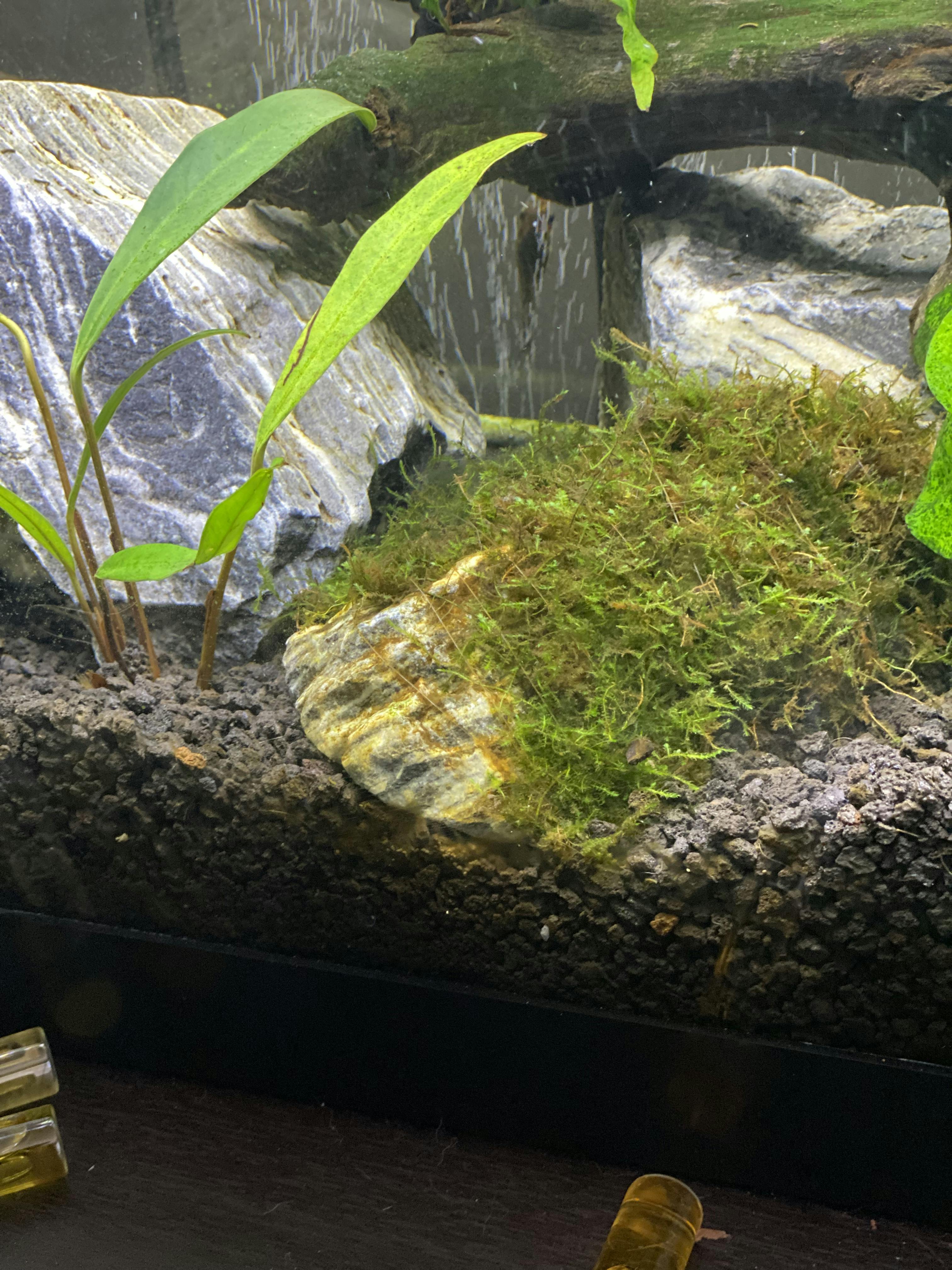
The typical indoor humidity is 10%, which is too low and causes the fern’s leaves to become crispy, dried out, and brown. Tropical natives, indoor ferns can survive in environments with a humidity of 40% or more. Low humidity is typically the cause of indoor fern leaves turning brown. Low Humidity (Increase the Humidity to 40%) How do I know if my ferns will come back?ġ.What does an overwatered fern look like?.Outdoor Fern Turning Brown (Transplant the Fern) High Temperatures Cause Fern Leaves to Turn Brown Small Pots Dry out Too Quickly Cause Brown Leaves Underwatering (Soil Should be Consistently Moist)
#JAVA FERN BROWNING HOW TO#
To save your fern with brown, decaying, crispy, dried-up leaves, keep reading to find out why it is going brown and how to apply the remedies.

Outdoor ferns lose their green leaves in the Spring and become brown in the Fall, giving the impression that they are dying.

The soil and foliage dry out and turn brown due to high heat. Too much might discolor the delicate foliage.įerns like relatively cool temperatures of 10 degrees lower at night and between 65 and 75 degrees Fahrenheit during the day. Smaller pots may dry out too fast after watering, which could lead to the roots becoming pot-bound and causing the leaves to turn brown.įerns are accustomed to dwelling in the partial or complete shadow of the woodland and forest canopy. Browning leaves are a result of dry soil.

Water ferns thoroughly, and keep the soil continually moist (but not saturated). Fern leaves indoors become brown and crunchy due to low humidity. Most frequent causes of ferns becoming brown include: Causes:Īll indoor ferns are tropical or subtropical plants, and they need a humidity level of at least 30%, ideally 40%. Indoor humidity is normally around 10%, which causes the leaves to lose water and turn brown and crispy at the tips. Low humidity and underwatering are the two most frequent causes of browning fern leaves.


 0 kommentar(er)
0 kommentar(er)
